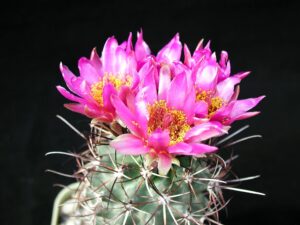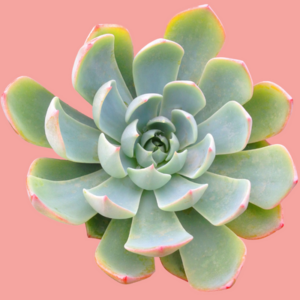Is yucca a cactus? This question might evoke a smirk or a playful shrug, but beneath this seemingly simple query lies a fascinating exploration of plant taxonomy. Yuccas and cacti, while sharing some physical characteristics, belong to distinctly different botanical families. Understanding these differences can pose a delightful challenge as we delve deeper into the world of these intriguing plants.
There are compelling reasons to investigate the identities of yuccas and cacti more closely. Is it their striking appearances that cause the confusion? Or perhaps the environments they inhabit? Let’s take a closer look and unravel this botanical mystery.
Many people encounter yucca plants when exploring arid landscapes or tropical gardens. Their dramatic forms can often be mistaken for cacti, leading to the common misconception that they belong to the same family. In reality, yuccas belong to the Agavaceae family, which also points to their close relation with plants like agaves and jalapeños. Cactaceae, on the other hand, is the family of cacti, encapsulating a wide array of succulent species. Understanding these classifications is crucial in making sense of how they contrast and align.
In this article, we will dissect the characteristics of both yucca and cactus plants, aiding in the differentiation between these two unique botanical entities.
The Essence of Cacti: A Closer Look
Cacti, a family synonymous with durable survival strategies, thrive in some of the driest terrains worldwide. These resilient succulents deploy a unique mechanism known as crassulacean acid metabolism (CAM), which allows them to photosynthesize efficiently under extreme conditions. The fleshy stems and spines of cacti act as both water reservoirs and a defense mechanism against herbivores.
Moreover, cacti often flaunt intricate adaptations, including showy flowers that bloom infrequently yet spectacularly. The diversity within the cactus family is astounding, from the towering saguaro to the petite mouse cactus, proving that there is a vast array of forms, textures, and colors.
The Ambiguous Allure of Yucca
Turning our gaze to yuccas, these plants are often characterized by their sword-like leaves and remarkable flower spikes. They may notably lack the spines commonly associated with cacti. Instead, yuccas display a rosette growth structure, an architectural form that differs sharply from the typical branching of cacti.
Both plants embody xerophytic adaptations, but yuccas have a deep taproot system, granting them access to underground water sources, unlike cacti, which mainly rely on shallow root systems. Furthermore, while yuccas can also thrive in arid environments, they are often found in subtropical regions exhibiting a wider hardiness range, including colder temperatures.
A unique aspect of yuccas is their symbiotic relationship with yucca moths, which pollinate their flowers. This fascinating interaction marks a significant difference between these two families and highlights the ecological complexity evident in nature.
A Battle of Adaptations
When considering adaptations, the question arises: How do yuccas and cacti respond to their environments effectively? Both are designed for survival under challenging conditions, yet they employ starkly different strategies.
Cacti, armed with spines, discourage herbivores while minimizing water loss through a waxy epiderma. Their ability to store water allows them to endure long periods without rain. On the contrary, yuccas, with their robust leaves, create a microhabitat that retains moisture while allowing for efficient photosynthesis through transpiration. What’s more, yuccas are often cultivated for their ornamental value, providing an aesthetic appeal that resonates with gardeners and designers alike.
Scientific Classification: Understanding the Roots
The divergence in families yields a spectrum of characteristics that is not only compelling from a gardening perspective but also significant from an ecological and botanical stance. Within the plant kingdom, families are delineated based on shared traits, such as reproductive structures, leaf arrangement, and overall morphology. The classification of yuccas under Agavaceae and cacti under Cactaceae indicates a fundamental genetic and evolutionary split that dates back millions of years.
This division allows for diverse explorations within each family. For instance, while many associate cacti with desert environments and drought resistance, yuccas have adapted to various ecological niches. This adaptability showcases the resilience of plant life and how different species evolve based on climatic conditions.
The Final Unraveling: Key Takeaways
In assessing whether yucca is a cactus, the answer chaptered in the complexities of plant taxonomy affirms that these two types, while superficially similar, are indeed distinct entities. Understanding the differences not only enriches horticultural knowledge but also provides insight into the intricate web of ecosystems that support both plant families.
For aspiring gardeners and nature enthusiasts, the journey to mastering the distinctions between yuccas and cacti is filled with excitement and discovery. As we engage with the ecosystem, ponder the significance of each plant’s adaptive strategy. Each has its tale to tell in the thriving narrative of flora, offering beauty and resilience woven into the fabric of our planet’s biodiversity.
So, next time you spot a yucca or a cactus, take a moment to appreciate their differences and remarkable adaptations. Each plant holds an invaluable key to understanding our shared environment.





Leave a Comment